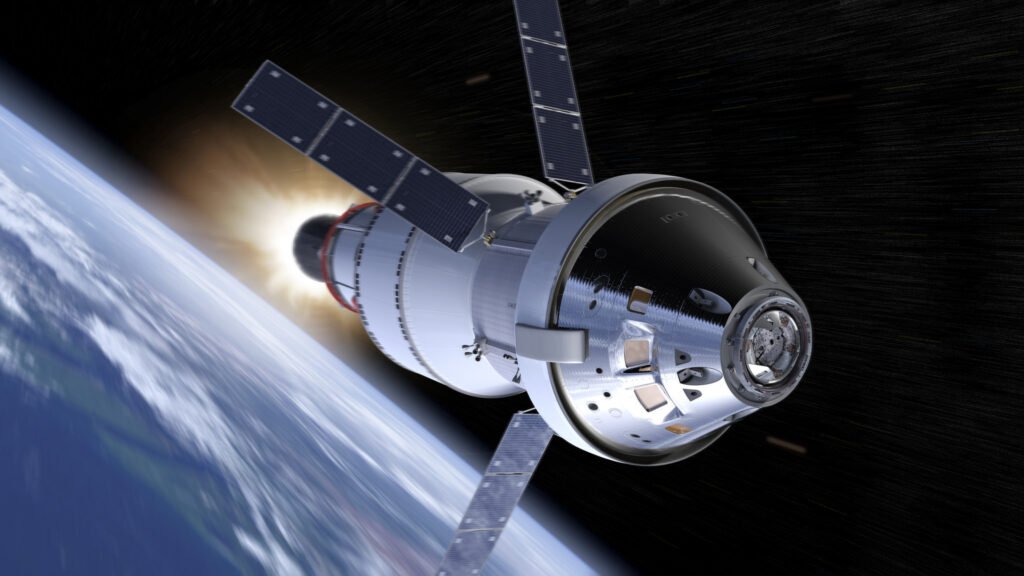While America’s space program has endured several tragedies, “no mission has left the remains of a lost astronaut floating in the final frontier.” Yet NASA is understandably prepared if that worst-case scenario ever arises. The agency has organized protocols in case an astronaut were to die on the International Space Station, “a 450-ton web of metal tubes swirling around the planet in the inhospitable vacuum of space.”
The Human Remains Containment Unit (HRCU)
NASA’s current ISS death procedures revolve around “a modified military-grade body bag called the Human Remains Containment Unit (HRCU).” As reported by Scientific American, the grim piece of equipment was brought to the station in 2012. The HRCU works like morgues on Earth, using refrigeration to slow decomposition. It would be “integrated into the refrigeration system on the ISS if used and stored in a non-pressurized area.”
Designed with an “absorbent lining and screw-on charcoal filter canisters,” the HRCU gives NASA Flight Directors a 72-hour window to determine their next move.
Also Read: Liver: How Long Does It Really Take for Your Liver to Heal After Drinking?
Grief in Zero Gravity
Without a medical examiner on board, “NASA trains its crews to conduct In-Mission Forensic Sample Collection.” The surviving astronauts are instructed to photograph the body and collect samples of “hair, tissue, blood and other fluids while on the worst telemedicine call of all time with NASA’s flight surgeons.”
Following that grim task, “there would be a simple ceremony to allow the crew the opportunity to grieve.”

Not Yet Time for Burial Among the Stars
NASA would then likely return the astronaut’s remains to Earth. The HRCU includes “straps on its corners to loop through a spacecraft’s seat restraints,” allowing astronauts to place the remains in their deceased colleague’s seat.
While fictional space funerals—like Spock’s in “Star Trek II: The Wrath of Khan”—capture public imagination, “a traditional burial-at-sea wouldn’t be a preferred option” on the ISS. That’s because “the station could encounter the corpse during a future orbit.”
Still, “it wouldn’t be out of the realm of possibility for a future deep-space mission to reenact Spock’s funeral.”
A Death in Space Affects Us All
NASA’s protocol isn’t just for the crew’s psychological health or respect for the deceased. “When tragedy strikes the space program, it impacts the general public.” The 1967 Apollo 1 rehearsal accident, which killed three astronauts, “nearly ended the lunar program before it left the ground.”
That event pushed the U.S. government into action. Bill Safire, then a speechwriter for President Nixon, prepared a speech in case disaster struck Apollo 11. The never-used address began with:
“Fate has ordained that the men who went to the moon to explore in peace will stay on the moon to rest in peace.”
Though Armstrong and Aldrin returned safely, NASA has faced further tragedy. “The Space Shuttles Columbia and Challenger were lost with all hands at launch and reentry, respectively.” Each loss was “viewed as a national tragedy.”
The New Age of Spaceflight and the Human Cost
With the growth of commercial spaceflight and global space programs, the implications of a death in space are changing. What was once a national loss may now be seen differently. As the article states, “a death in orbit could be perceived as a workplace accident.”
NASA’s plans underscore a sobering truth: as humanity reaches farther into space, it must also be ready to face the oldest reality of life—its end.




